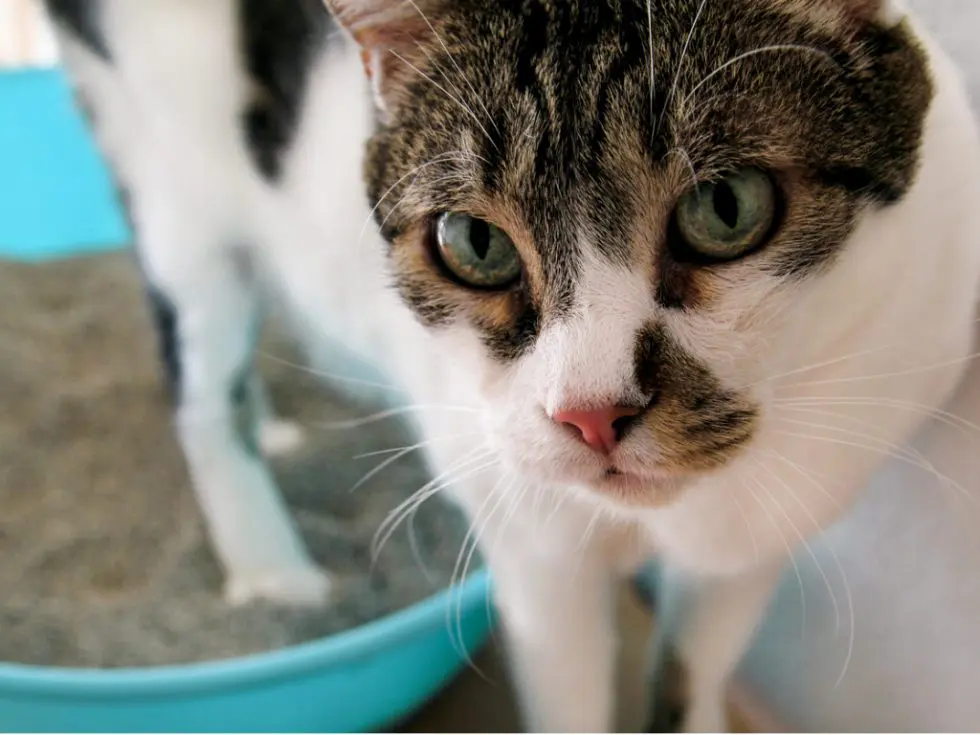How do cats Behave around children?
Table of Contents
Section 1: Understanding Cat Behavior
Section 2: How Cats Behave Around Children
Section 3: Tips for Ensuring a Positive Relationship
Introduction
Are cats and children a match made in heaven, or a recipe for disaster? This question has intrigued pet lovers, parents, and researchers for years. Many families find themselves contemplating whether to introduce a feline friend into their homes when they already have little ones running around. The truth is, cats and children can form incredibly special bonds, fostering a love for animals and nurturing valuable life skills.

I have spent my entire career focused on the study of cat behavior. With more than 25 years of hands-on experience with cat owners across 30 countries, I delve into the intriguing world of feline behavior in this blog, exploring how cats interact with children and the factors that influence their reactions.
Q: How do cats behave around children?
A: Cats’ behavior around children varies based on several factors, including the cat’s personality, past experiences, and the child’s behavior.
Section 1: Understanding Cat Behavior
Before we can explore how cats behave around children, it’s crucial to understand the fundamental principles of feline behavior. Cats are complex animals with a wide range of personalities and temperaments, but there are some common traits that underlie their actions.
- Territorial Instincts: Cats are territorial by nature. They often establish certain areas as their own and may become anxious or defensive when these territories are encroached upon.
- Social Hierarchy: Cats are known to have a hierarchical social structure. This can affect how they interact with other pets or family members, including children.
- Communication: Cats communicate through body language, vocalizations, and scent marking. Understanding their non-verbal cues is essential in interpreting their feelings and intentions.
Section 2: How Cats Behave Around Children
Cats’ behavior around children varies based on several factors, including the cat’s personality, past experiences, and the child’s behavior. Here’s a closer look at these dynamics:
- Cat Personality:
- Outgoing Cats: Some cats are naturally more sociable and open to interactions. These cats may be more tolerant of children and even seek out their company.
- Shy or Reserved Cats: On the other hand, shy or reserved cats may be more wary of children. They might hide when kids are around or keep their distance.
- Past Experiences:
- Positive Encounters: Cats that have had positive experiences with children from a young age are more likely to be comfortable around them. Cats that have been well-socialized are usually more patient and accepting.
- Negative Encounters: Cats that have experienced trauma or negative interactions with children in the past may be more fearful or defensive when children are present.
- Child Behavior:
- Calm and Gentle Children: Cats generally respond well to children who are calm, gentle, and respectful of their boundaries. Cats may be more relaxed and receptive to such behavior.
- Overly Energetic or Aggressive Children: Cats are more likely to be stressed and fearful around children who are overly energetic, aggressive, or rough in their play.
Section 3: Tips for Ensuring a Positive Relationship
Now that we have a basic understanding of how cats behave around children, let’s explore some tips to ensure a harmonious coexistence between your feline friend and the little ones in your home.
- Supervision: Always supervise interactions between cats and children. This helps prevent accidents and ensures the safety of both parties.
- Teach Respect: Educate your children about the importance of respecting the cat’s personal space. Encourage them to be gentle and avoid chasing, pulling, or handling the cat roughly.
- Socialization: If you have a kitten, early socialization with children is key. Positive experiences during this critical period can shape the cat’s behavior and attitude toward children later in life.
- Safe Spaces: Provide your cat with safe spaces where they can retreat if they feel overwhelmed. These spaces should be off-limits to children to allow the cat some peace and privacy.
- Positive Reinforcement: Reward your cat for positive interactions with children. This can help create positive associations with the kids.
- Regular Vet Check-ups: Ensure your cat is healthy and up-to-date on vaccinations. This minimizes the risk of zoonotic diseases and ensures that the cat is comfortable and less prone to irritability.
Section 4: Common Cat Behaviors Around Children
Let’s explore some common cat behaviors that you might observe when your feline friend interacts with children:

- Curiosity: Cats are naturally curious, and they may approach children to investigate and observe what’s going on.
- Playfulness: Cats, especially kittens, may engage in play with children. This can be a positive and enjoyable interaction as long as it remains gentle and non-aggressive.
- Purring: A purring cat is often a sign of contentment. If your cat purrs while around children, it’s a good indication that they are comfortable and happy.
- Kneading: Some cats knead with their paws on soft surfaces or even on a child’s lap. This behavior is often seen as a sign of comfort and relaxation.
- Hiding or Avoidance: Shy or fearful cats may choose to hide or avoid children altogether. This is a coping mechanism for cats that are uncomfortable with unfamiliar or chaotic situations.
- Hissing or Growling: If a cat feels threatened or cornered, it may hiss or growl as a warning. It’s important to immediately separate the cat from the child in such cases.
Conclusion
Understanding how cats behave around children is a crucial aspect of responsible pet ownership, especially for families with both feline and human members. Cats are complex beings with individual personalities, and their reactions to children can vary greatly. By considering the cat’s personality, past experiences, and child behavior, and by following the tips in this blog, you can foster a positive and safe environment for both your cat and your children.
Ultimately, a harmonious relationship between cats and children can be achieved with patience, supervision, and a mutual respect for each other’s boundaries. With the right approach, your children can grow up with the invaluable experience of sharing their lives with a furry, feline friend.


